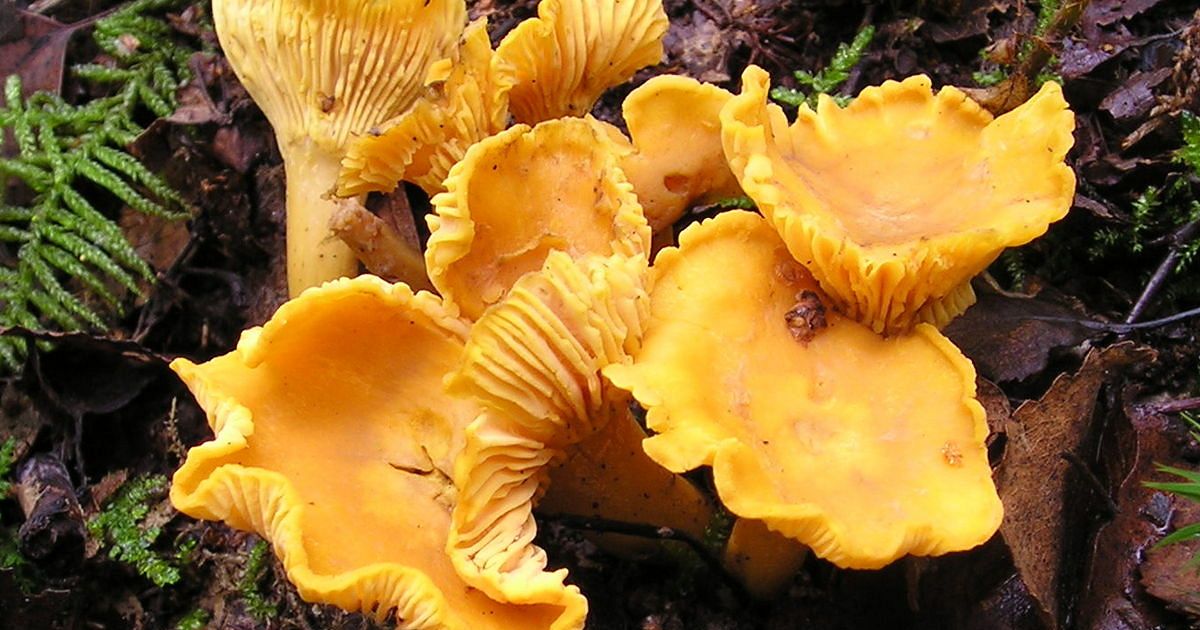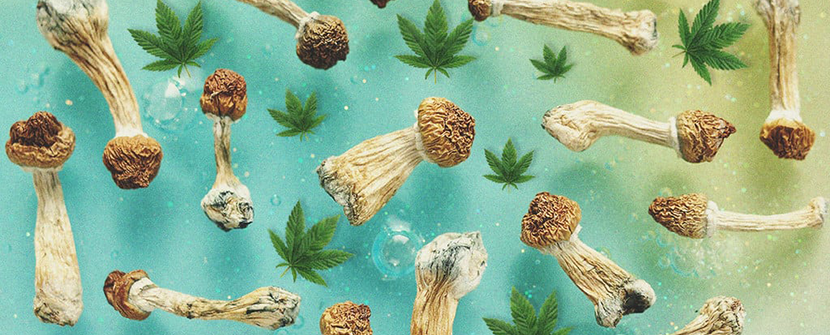As our planet faces an ever-growing environmental crisis, finding sustainable and innovative solutions to address pollution and contamination is of utmost importance. Mycoremediation, a fascinating and powerful process that employs fungi to detoxify and restore polluted environments, is gaining traction as an eco-friendly and effective method of environmental restoration. In this blog, we will explore the benefits of mycoremediation and how these remarkable fungi can play a crucial role in healing our damaged ecosystems.
Understanding Mycoremediation
Mycoremediation is a bioremediation technique that utilizes fungi's unique abilities to break down and absorb harmful pollutants present in soil, water, and even air. Fungi possess an extensive network of thread-like structures called mycelium, which serves as nature's ultimate decomposers. This mycelium can efficiently metabolize a wide range of organic and inorganic compounds, transforming toxic substances into harmless byproducts or even valuable nutrients.
Benefits of Mycoremediation
-
Versatility in Pollutant Cleanup: One of the most remarkable advantages of mycoremediation is its versatility. Fungi have been successfully employed to remediate various pollutants, including hydrocarbons, heavy metals, pesticides, pharmaceuticals, and even radioactive waste. As each type of fungus specializes in breaking down specific contaminants, mycoremediation provides a tailored and efficient approach to different pollution scenarios.
-
Non-Invasive and Cost-Effective: Traditional remediation methods often involve costly and disruptive excavation or transportation of contaminated materials. Mycoremediation, on the other hand, can be implemented on-site, reducing the need for extensive excavation. The process is relatively non-invasive and can significantly cut down on overall cleanup costs.
-
Ecological Restoration and Soil Improvement: Beyond pollution cleanup, mycoremediation offers long-term ecological benefits. As fungi break down pollutants, they release nutrients and enzymes into the environment, enriching the soil and promoting plant growth. Mycelium helps bind soil particles, preventing erosion and enhancing soil structure. This revitalization of soil health can foster the return of native plant species and restore biodiversity in once-degraded areas.
-
Remediation in Challenging Environments: Mycoremediation has proven particularly effective in areas with harsh conditions, such as industrial brownfields or sites contaminated by oil spills. Fungi can thrive in diverse environments, including acidic soils, high temperatures, and low-nutrient conditions, making them a viable solution for restoring ecosystems in challenging landscapes.
-
Reduced Energy and Resource Consumption: Unlike some traditional cleanup methods that require large amounts of energy and resources, mycoremediation is an energy-efficient and sustainable process. Fungi can be cultivated on various substrates, including agricultural waste or byproducts, reducing the need for additional resource consumption.
-
Potential for Community Involvement: Mycoremediation presents an opportunity for community involvement in environmental restoration efforts. Local communities can actively participate in the collection and cultivation of fungi, creating a sense of ownership and empowerment in the restoration process.
Closing Thoughts
Mycoremediation is a remarkable example of nature's ingenious solutions to environmental challenges. By harnessing the incredible abilities of fungi, we can restore damaged ecosystems, clean up polluted sites, and pave the way for a greener and more sustainable future.
As research into mycoremediation continues, it is crucial to explore its applications on a larger scale and integrate this eco-friendly technique into our efforts to combat pollution and protect the delicate balance of our planet's ecosystems. By working hand-in-hand with nature, mycoremediation offers a glimmer of hope for a cleaner, healthier Earth.








